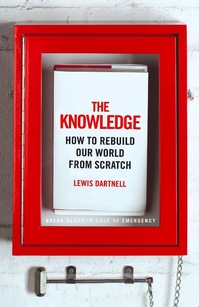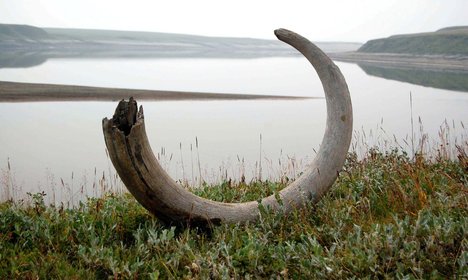Source of book image: online version of the WSJ review quoted and cited below.
(p. A15) “Moments of Impact” is at its best on the importance of promoting different perspectives. Businesses need to look at the world through as many disciplinary lenses as possible if they are to cope with the fast-changing threats that confront them. But day-to-day corporate life is all about fences and silos. Strategic conversations give companies a chance to examine their business models from the outside–and, as the authors put it, to “imagine operating within several different yet plausible environments.”
. . .
Mr. Ertel and Ms. Solomon argue that companies increasingly face a choice between what Joseph Schumpeter called creative destruction and what they call creative adaptation–and that strategic conversations are vital to creative adaptation. Perhaps so. But strategic conversations can also reinforce lazy consensus, as people try to justify their jobs and protect their turf. Many bold decisions are driven by the opposite of “conversations”–by senior managers deciding to lop-off functions or take the company in a radically new direction.
For the full review, see:
ADRIAN WOOLDRIDGE. “BOOKSHELF; Go Ahead, Strategize; The best ‘strategy meetings’ unleash fresh thinking and offer maverick views; the worst and dull, unstructured time-sucks.” The Wall Street Journal (Thurs., March 27, 2014): A15.
(Note: ellipsis added.)
(Note: the online version of the review has the date March 26, 2014, and has the title “BOOKSHELF; Book Review: ‘Moments of Impact,’ by Chris Ertel and Lisa Kay Solomon; The best ‘strategy meetings’ unleash fresh thinking and offer maverick views; the worst and dull, unstructured time-sucks.”)
The book under review is:
Ertel, Chris, and Lisa Kay Solomon. Moments of Impact: How to Design Strategic Conversations That Accelerate Change. New York: Simon & Schuster, 2014.







